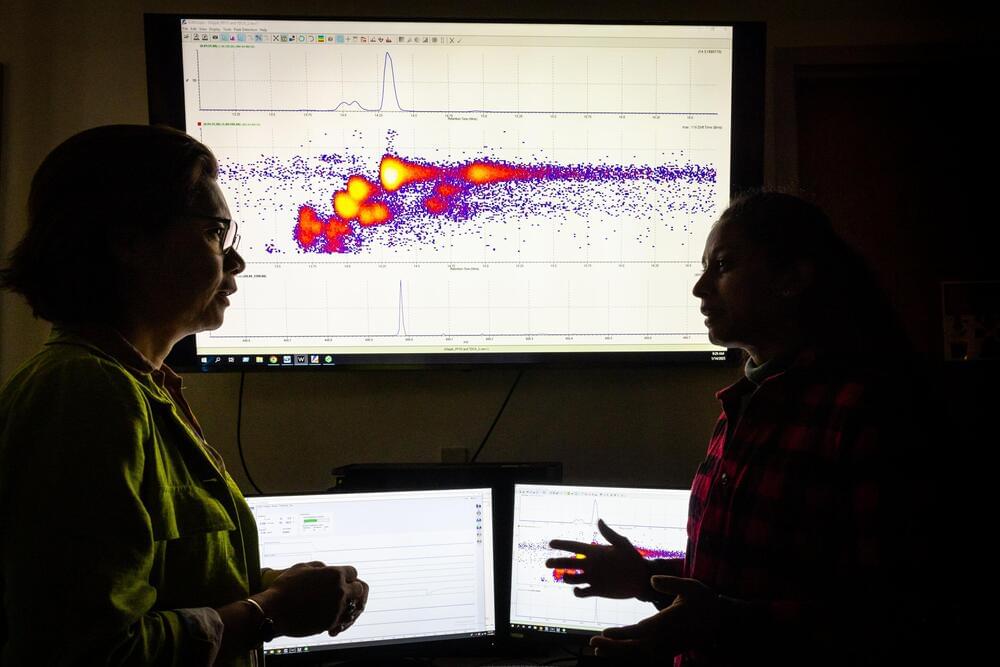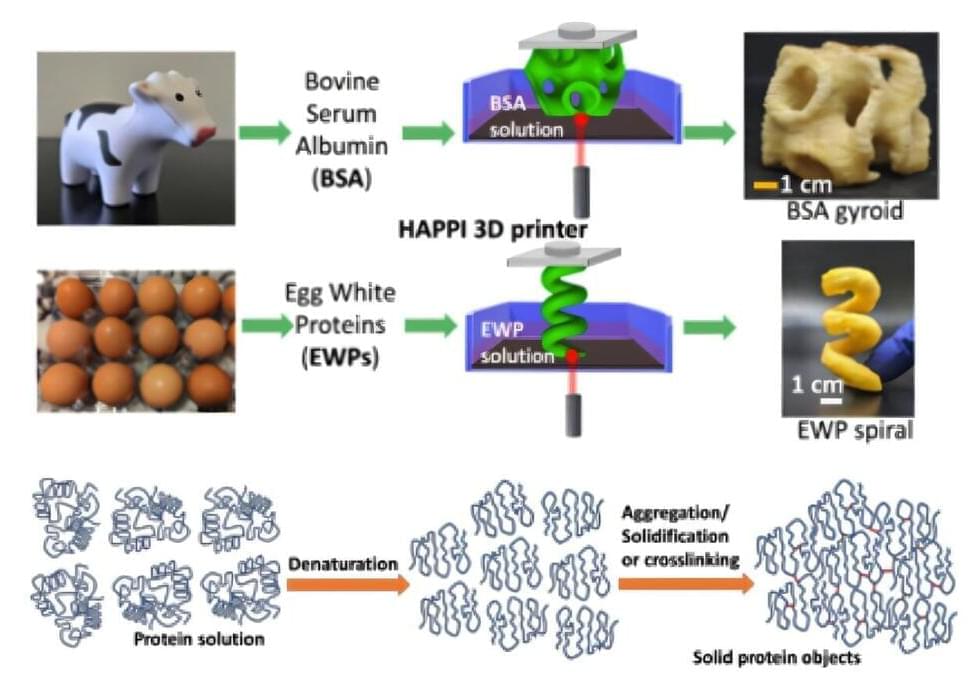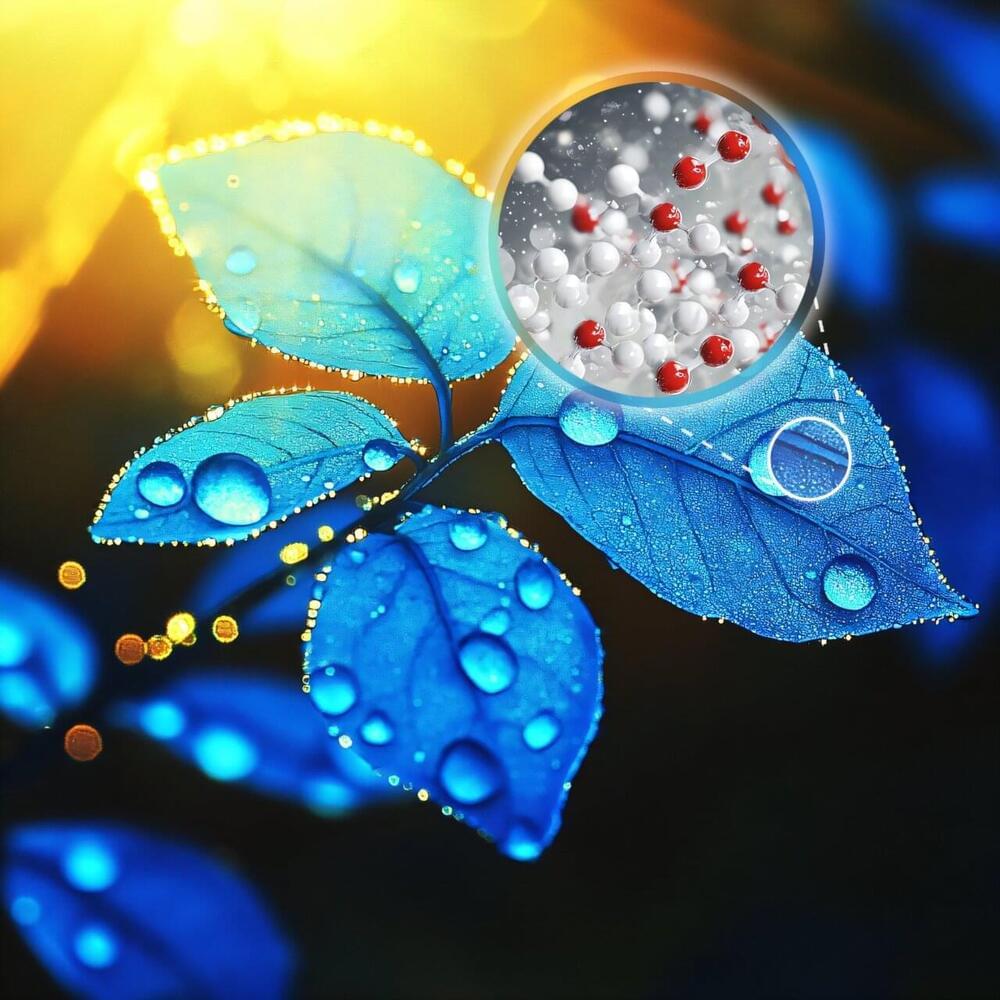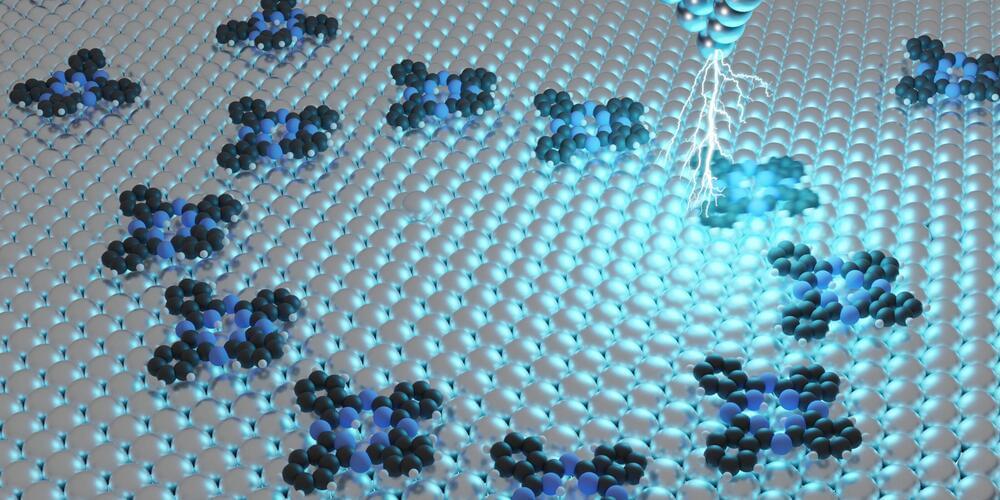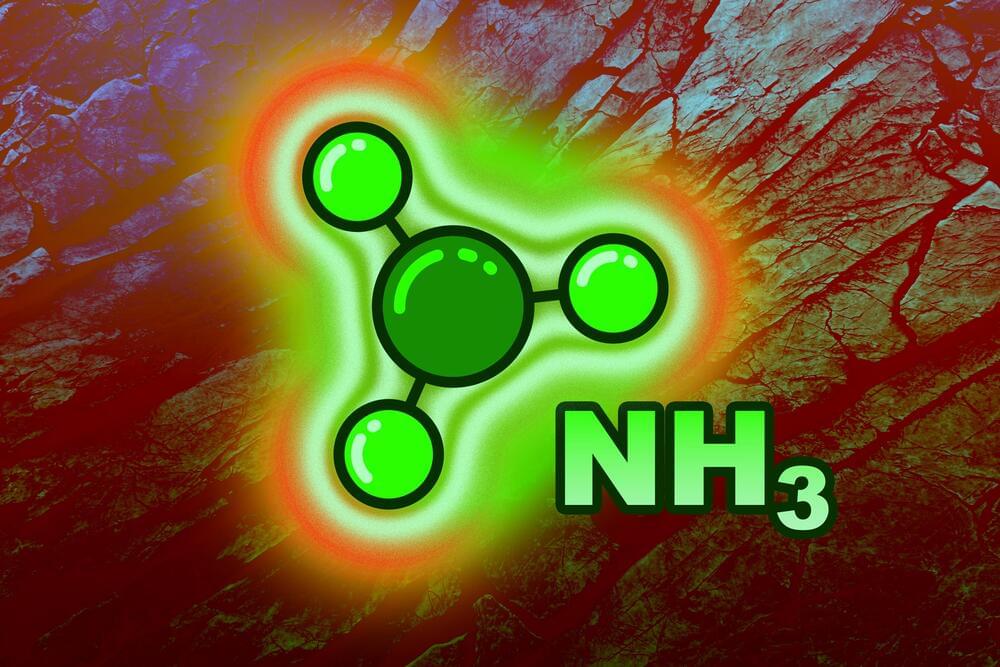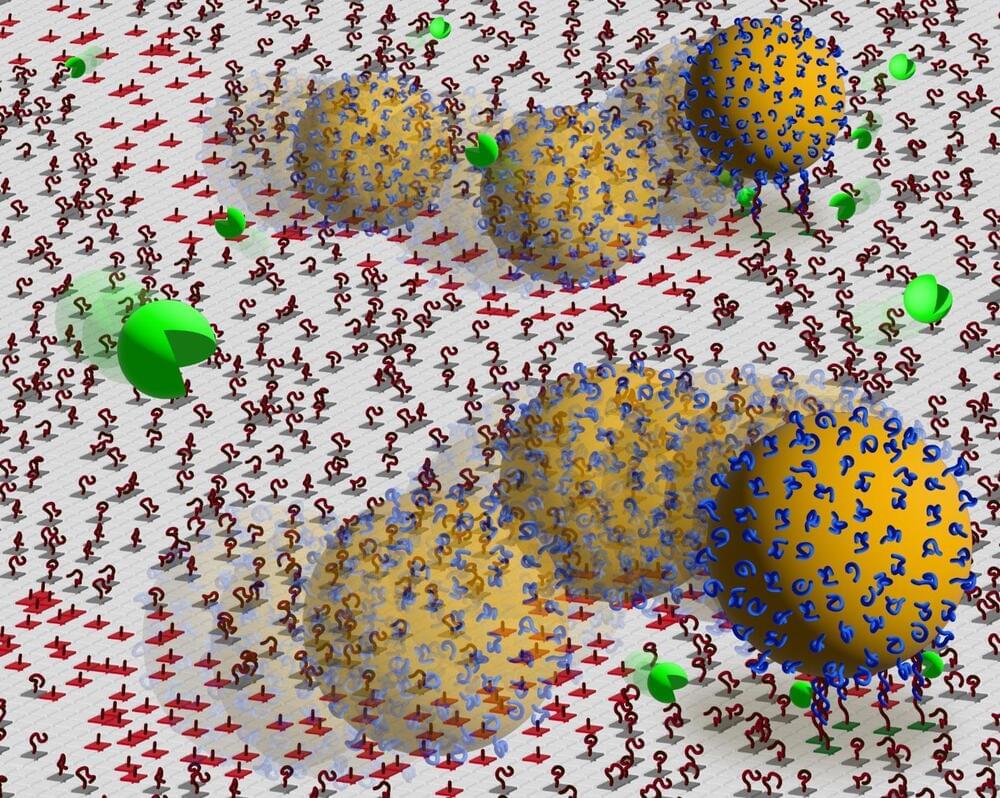A new technique involving terahertz light has enabled the creation of chiral states in non-chiral materials, offering exciting possibilities for future technological applications.
Chirality is a key property of matter that plays a crucial role in many biological, chemical, and physical processes. In chiral solids, this property enables unique interactions with chiral molecules and polarized light, making them valuable for applications in catalysis, sensing, and optical devices. However, chirality in these materials is typically fixed during their formation—once a crystal is grown, its left-and right-handed forms, or enantiomers, cannot be switched without melting and recrystallizing it.
Now, researchers from the Max Planck Institute for the Structure and Dynamics of Matter (MPSD) and the University of Oxford have discovered a way to induce chirality in a non-chiral crystal using terahertz light. This breakthrough allows them to create either left-or right-handed enantiomers on demand. Published in Science, this finding opens exciting new possibilities for studying and controlling complex materials in non-equilibrium conditions.



